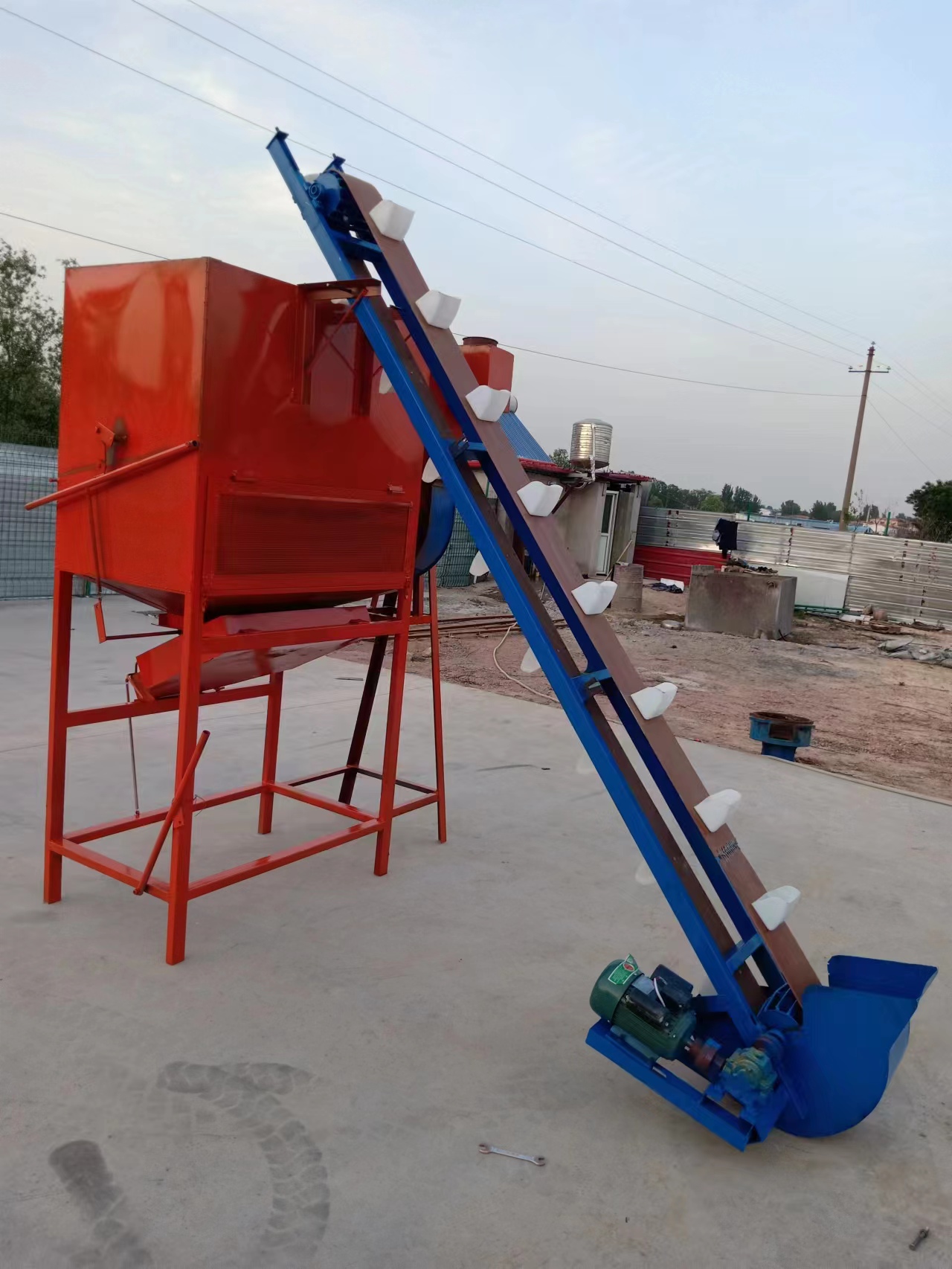Feed Production and Pelletizing Equipment for Efficient Livestock Nutrition Solutions
Nov . 27, 2024 05:14 Back to list
Feed Production and Pelletizing Equipment for Efficient Livestock Nutrition Solutions
Understanding Feed Mill Pellet Machines A Key to Efficient Animal Nutrition
In the world of animal husbandry, the nutritional needs of livestock are paramount. Feed mill pellet machines play a critical role in this industry, transforming raw materials into high-quality animal feed pellets. These machines are designed to improve feed efficiency, promote better growth rates, and enhance overall animal health. This article explores the significance, operation, and benefits of feed mill pellet machines in modern agriculture.
The Importance of Feed Pelletization
Pelletizing animal feed offers numerous benefits. Firstly, it significantly improves the digestibility of feed ingredients. When feed is pelleted, it undergoes a thermal process that helps break down cellulose and other complex components, making nutrients more accessible to animals. This process not only improves nutrient absorption but also reduces feed wastage, resulting in a more cost-effective feeding strategy for farmers.
Moreover, pelleted feed can help reduce selective feeding behaviors in livestock. Animals tend to eat selectively when offered loose feed, leading to an imbalanced diet. However, when feed is in pellet form, the animals are more likely to consume the entire ration, ensuring they receive all necessary nutrients.
How Feed Mill Pellet Machines Work
Feed mill pellet machines operate through a series of stages that convert raw ingredients into high-quality pellets. The process begins with the grinding of raw feed materials, which may include grains, oils, vitamins, and minerals. This grinding is essential to achieve a uniform particle size, which is critical for subsequent stages.
Following grinding, the mixture is thoroughly blended to ensure even distribution of all ingredients. This homogeneous mix is then subjected to steam conditioning, where moisture and heat are added to soften the ingredients, making them more pliable. This step is crucial for achieving the desired pellet quality.
feed mill pellet machine

Once the ingredients are conditioned, they are fed into a pellet mill. The core component of the pellet mill is the die, which has specific hole sizes that determine the pellet’s diameter. As the conditioned feed passes through the die under high pressure, it gets compressed and extruded in the form of pellets. After exiting the die, the pellets are typically cooled and sometimes coated with additional fats or nutrients to enhance palatability and nutritional value.
Advantages of Using Feed Mill Pellet Machines
The advantages of utilizing feed mill pellet machines are multifold. Firstly, they enhance feed efficiency, allowing farmers to achieve better weight gain in livestock for lower feed costs. This is particularly important in commercial farming operations where profitability is closely linked to cost management.
Secondly, feed pellet machines can accommodate a wide variety of raw materials, including by-products from other industries. This versatility allows for the creation of custom formulations tailored to meet specific nutritional requirements of different animal species, from poultry and swine to cattle and aquaculture.
Moreover, the use of pellet feed reduces dust and handling issues. Traditional loose feed often creates dust, which can be harmful to both humans and animals. Pelleted feed minimizes the risk of respiratory problems and ensures a cleaner feeding environment.
Conclusion
In conclusion, feed mill pellet machines are indispensable tools in contemporary animal nutrition management. By improving feed efficiency, enhancing digestibility, and promoting better growth rates, these machines contribute significantly to the economic viability of livestock production. As the demand for high-quality animal products continues to rise, the role of feed pelletization will undoubtedly become even more critical in ensuring sustainable and efficient farming practices. Investing in advanced feed mill pellet technology not only supports the health and production of animals but also aligns with the global push for increased food security and sustainable agriculture.
-
Hot Sale 24 & 18 Door Rabbit Cages - Premium Breeding Solutions
NewsJul.25,2025
-
Automatic Feeding Line System Pan Feeder Nipple Drinker - Anping County Yize Metal Products Co., Ltd.
NewsJul.21,2025
-
Automatic Feeding Line System Pan Feeder Nipple Drinker - Anping County Yize Metal Products Co., Ltd.
NewsJul.21,2025
-
Automatic Feeding Line System - Anping Yize | Precision & Nipple
NewsJul.21,2025
-
Automatic Feeding Line System - Anping Yize | Precision & Nipple
NewsJul.21,2025
-
Automatic Feeding Line System-Anping County Yize Metal Products Co., Ltd.|Efficient Feed Distribution&Customized Animal Farming Solutions
NewsJul.21,2025






